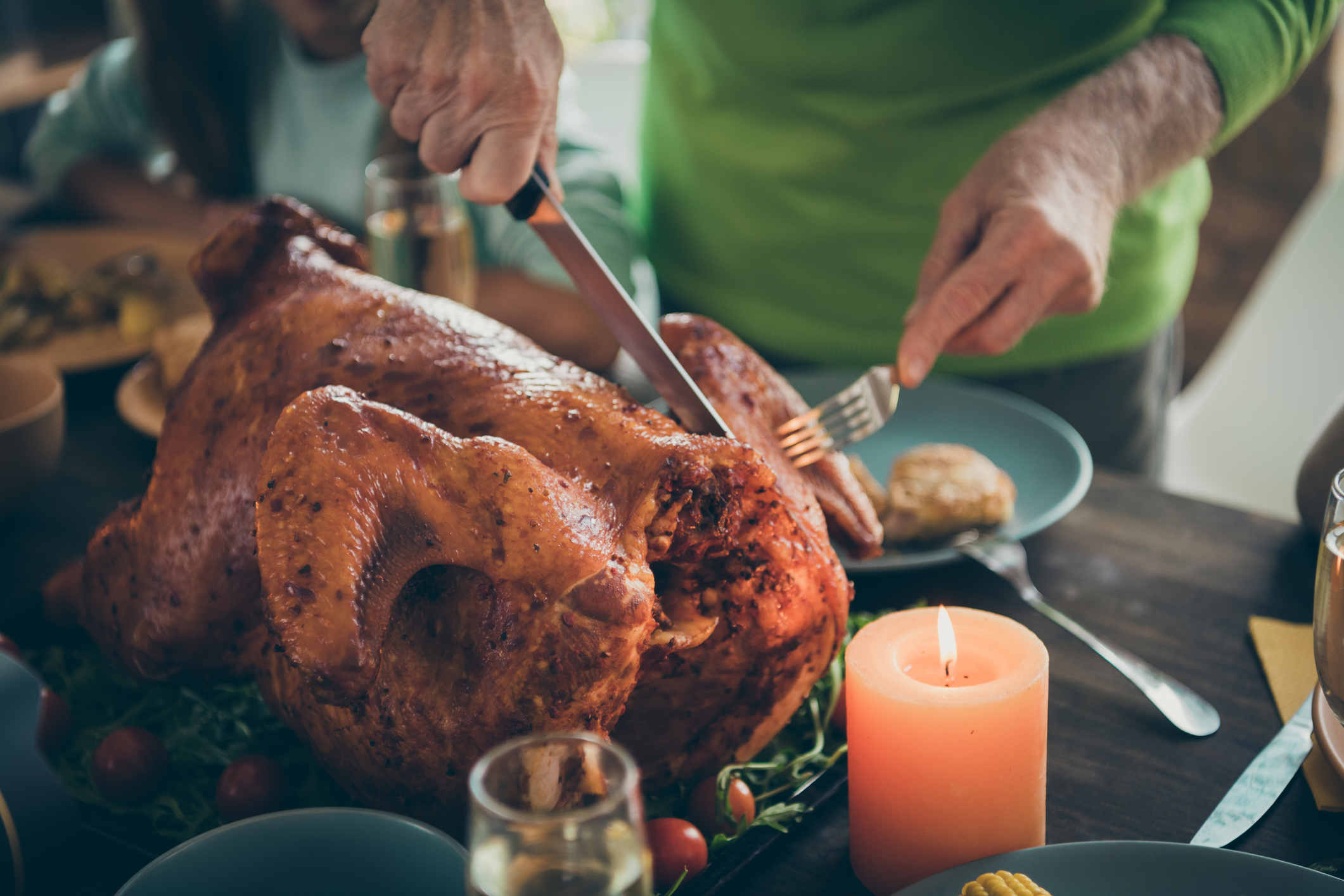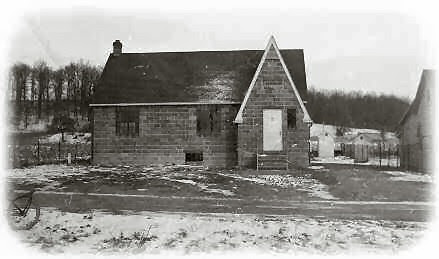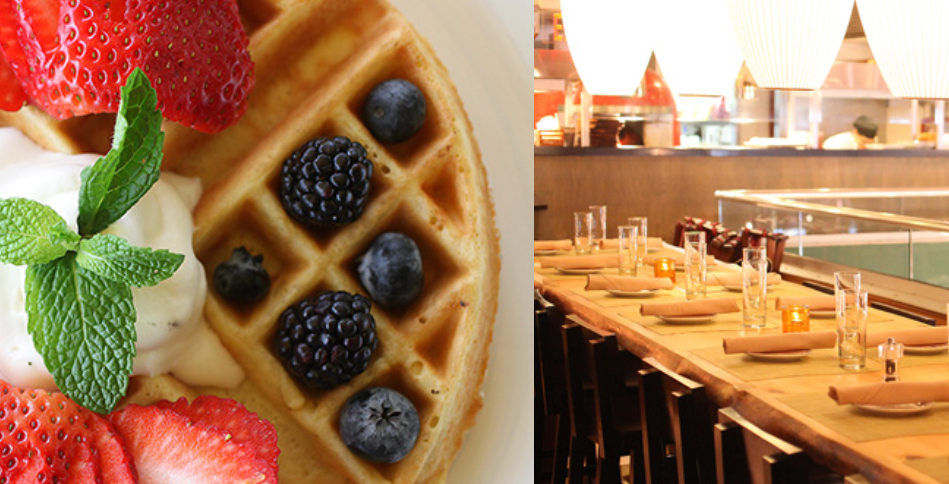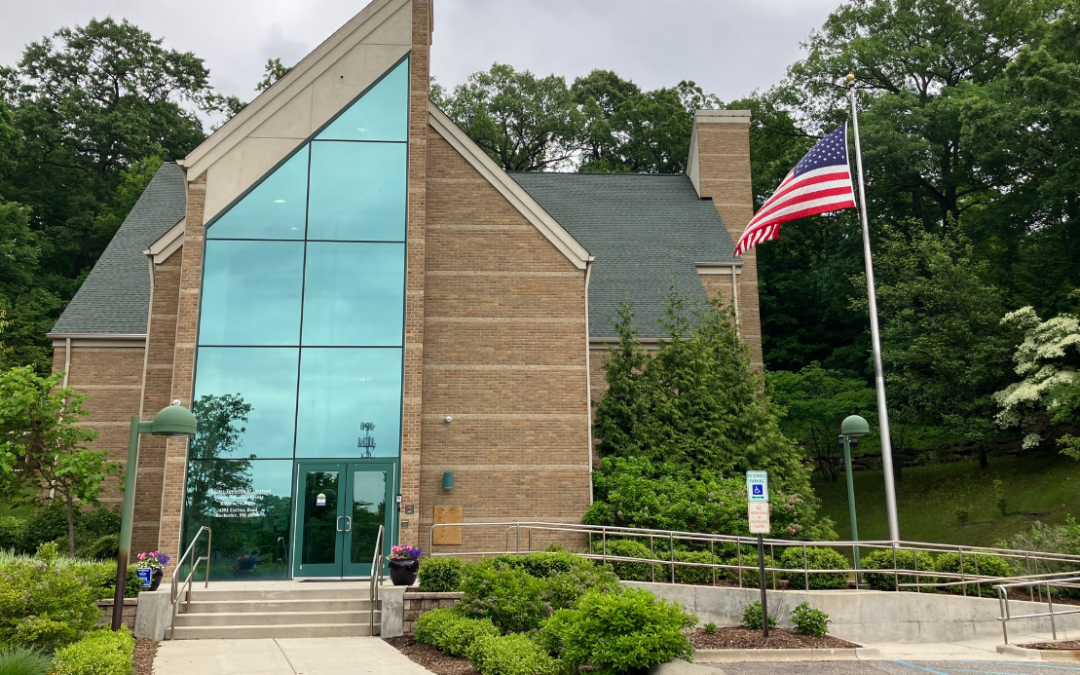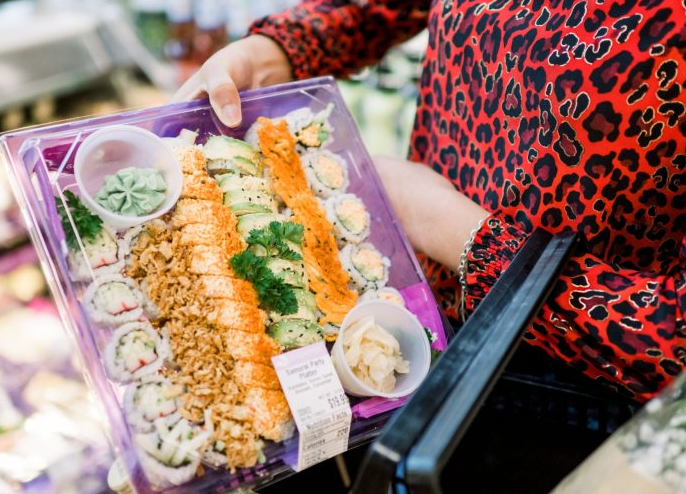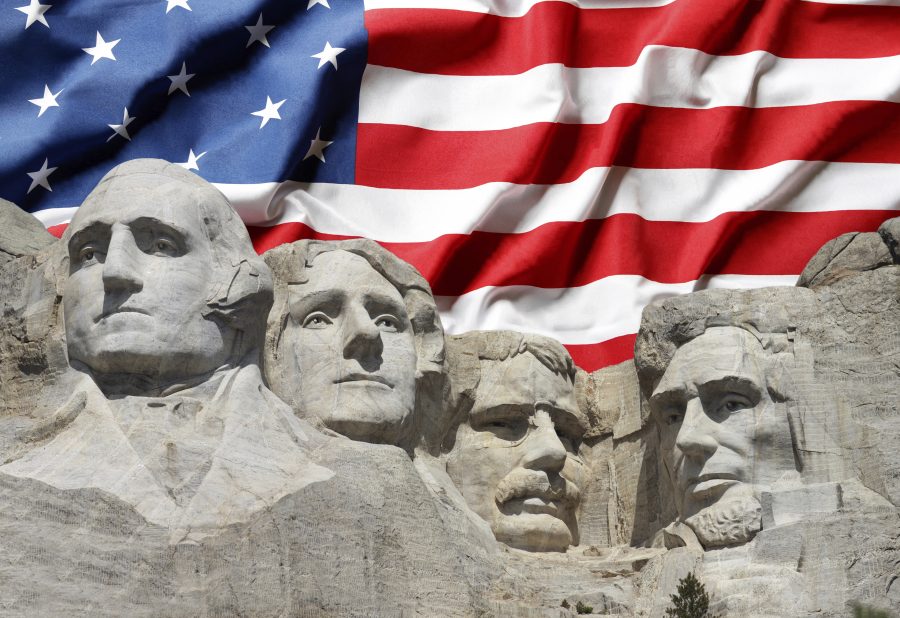Thanksgiving is steeped in rich history, cultural significance, and complex narratives spanning centuries. Often celebrated with family gatherings, sumptuous feasts, and cherished traditions, the holiday invites reflection on its origins and the stories that shape its contemporary meaning. While many Americans view Thanksgiving as a time for gratitude and togetherness, it is essential to recognize the multifaceted history accompanying this beloved holiday.
The story of Thanksgiving traces back to the early 17th century when English settlers known as the Pilgrims arrived in North America. Their journey aboard the Mayflower led them to Plymouth, Massachusetts, where they established a colony amidst harsh conditions. The first Thanksgiving feast in 1621 was a three-day celebration shared with the Wampanoag people, marking a moment of cooperation between two cultures. However, this narrative often oversimplifies the complexities of their relationship and overlooks the broader historical context that includes conflict and suffering.
As Thanksgiving approaches each year, it reminds us of both the joy of community and the need for critical reflection on its historical implications. Understanding the origins of this holiday can foster a deeper appreciation for its significance while also acknowledging the perspectives of those who experienced its darker consequences.
Thanksgiving at Plymouth
The Pilgrims’ arrival at Plymouth in December 1620 marked the beginning of a new chapter in American history. Driven by a desire for religious freedom, they sought refuge from persecution in England. However, their initial settlement was fraught with challenges, including harsh winters and food shortages. The Pilgrims’ survival relied heavily on their relationship with the local Wampanoag tribe.
In March 1621, after enduring a brutal winter that decimated their numbers, the Pilgrims established an alliance with Chief Massasoit of the Wampanoag tribe. This partnership was crucial for their survival; Squanto, a member of the Wampanoag who spoke English due to his previous experiences with European settlers, played an instrumental role in teaching the Pilgrims essential agricultural practices. His guidance enabled them to cultivate corn and utilize fish as fertilizer.
The first Thanksgiving celebration occurred in November 1621 after a successful harvest. It was attended by approximately 90 Wampanoag men and 53 Pilgrims. The feast lasted three days and included various foods such as venison, fowl (likely wild turkey), corn, and shellfish—dishes quite different from today’s traditional Thanksgiving meals.
When Was the First Thanksgiving?
While many associate Thanksgiving with the 1621 feast at Plymouth, it is important to recognize earlier celebrations that also claimed this title. One such event occurred in Virginia in 1619 when English settlers at Berkeley Hundred held a day of thanksgiving upon their arrival. This observance was mandated by their charter, which specified that December 4 should be kept holy as a day of thanksgiving to God.
Additionally, Spanish settlers in St. Augustine, Florida, celebrated a similar occasion as early as 1565 when they shared a meal with Native Americans after establishing their settlement. These earlier events highlight that expressions of gratitude for harvests and safe arrivals predate the well-known Plymouth celebration.
The debate over what constitutes “the first Thanksgiving” continues among historians today. While some emphasize religious observances or harvest celebrations across different regions, others argue it is more about recognizing communal gratitude than pinpointing an exact date or location.
Origins of Thanksgiving as a National Holiday
The evolution of Thanksgiving into an official national holiday began much later than its early celebrations. In 1863, during the Civil War, President Abraham Lincoln proclaimed Thanksgiving a national holiday to be celebrated on the final Thursday of November. His decision aimed to unify a divided nation by encouraging citizens to give thanks for their blessings amid turmoil.
Lincoln’s proclamation followed years of advocacy by Sarah Josepha Hale, an influential magazine editor who tirelessly advocated for a national day of Thanksgiving. Her efforts culminated in Lincoln’s declaration, which solidified Thanksgiving’s place on the American calendar.
Over time, various customs and traditions associated with Thanksgiving emerged across different regions of the United States. These included family gatherings centered around shared meals and acts of charity toward those less fortunate—a reflection of community spirit during the holiday season.
Thanksgiving Food
The culinary traditions associated with Thanksgiving have evolved significantly since those early harvest feasts at Plymouth. While venison and shellfish were staples during the first celebration in 1621, modern Thanksgiving dinners are often characterized by turkey as the centerpiece dish—a practice popularized partly by President Lincoln’s proclamation.
Today’s traditional menu typically includes roasted turkey served with stuffing or dressing made from bread or cornbread, cranberry sauce, mashed potatoes, sweet potatoes, green bean casserole, and pumpkin pie for dessert. Each dish carries its own history and significance within American culture.
Regional variations also shape Thanksgiving menus across the country. For instance, Southern states may incorporate fried turkey or collard greens into their celebrations, while New Englanders might favor clam chowder or seafood dishes alongside traditional offerings.
Macy’s Thanksgiving Day Parade
A hallmark of American culture during Thanksgiving is Macy’s Thanksgiving Day Parade, held annually in New York City since 1924. This extravagant event features elaborate floats, giant character balloons, marching bands, and performances from Broadway shows, drawing millions of spectators both in person and through televised broadcasts.
Originally conceived to celebrate the Christmas shopping season while showcasing Macy’s department store, the parade has become an integral part of American holiday tradition. It symbolizes joy and community spirit while providing entertainment for families across generations.
The parade has also evolved to reflect changing societal values and cultural diversity within America. Today’s festivities highlight inclusivity through diverse performances representing various cultures and communities—making it an entertainment spectacle and a celebration of unity amid diversity.
Thanksgiving Controversies
While many celebrate Thanksgiving as a time for gratitude and family togetherness, it is essential to acknowledge controversies surrounding its historical narrative—particularly regarding Native American perspectives. For many Indigenous peoples, Thanksgiving represents a painful reminder of colonization and loss.
The narrative often presented in schools overlooks significant historical events such as land dispossession and violence against Native populations following European settlement. Some Native Americans observe the “National Day of Mourning” on Thanksgiving Day to honor their ancestors who suffered due to colonization while raising awareness about ongoing issues faced by Indigenous communities today.
This growing recognition has led some individuals to rethink how they celebrate Thanksgiving, shifting focus from traditional narratives to honoring Indigenous experiences through education about history while fostering dialogue about reconciliation efforts between communities.
Thanksgiving’s Ancient Origins
Thanksgiving-like celebrations have roots that extend far beyond American history into ancient traditions observed across various cultures worldwide. Many agricultural societies have long held festivals marking successful harvests—a practice seen in cultures from ancient Greece to China where feasting served spiritual purposes and community bonding.
These ancient observances often included rituals expressing gratitude for bountiful crops while seeking blessings for future harvests—a sentiment echoed in modern-day practices surrounding Thanksgiving meals today. One can gain deeper insights into how cultural practices evolve while reflecting broader societal values by exploring these ancient origins alongside more recent historical events surrounding American Thanksgiving—such as interactions between settlers and Indigenous peoples.
In conclusion, understanding the multifaceted history behind Thanksgiving enriches its celebration today by fostering appreciation for diverse perspectives within our communities. As families gather around tables laden with food each November, they can reflect on personal blessings and collective histories that shape our shared experiences as Americans.
For those interested in further exploring local traditions surrounding this cherished holiday or seeking ways to embrace community spirit during this season, consider visiting Thanksgiving Traditions: Embracing Community Spirit in Oakland Township. This resource offers valuable insights into how communities come together during this festive time while honoring diverse cultural heritages in today’s society.
Source: history.com
Header Image Source: ageways.org

